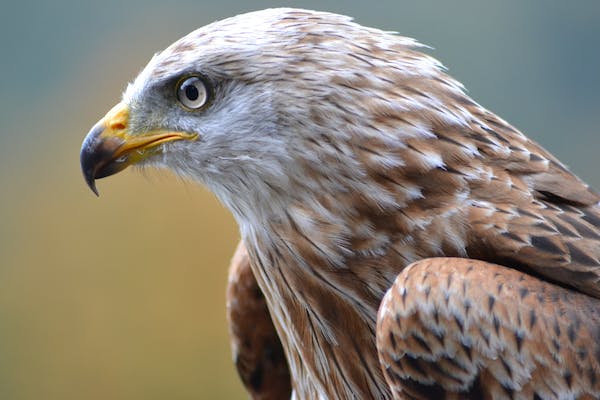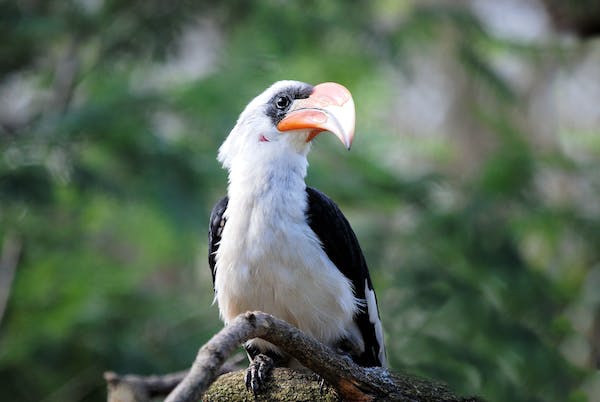Falcon Speed by Scientific Basis
The world of avian wonders is vast and diverse, with each species showcasing unique abilities that leave us in awe. Among these magnificent creatures, the falcon stands out for its unparalleled speed and aerial prowess.
Falcons, with their impressive speed, agility, and keen eyesight, stand out as some of the most remarkable birds of prey in the avian kingdom.
These majestic creatures have evolved into expert hunters, and their diet often includes a variety of other birds.
We delve into the fascinating realm of falcon bird science, exploring the factors that contribute to their remarkable speed.
Understanding Falcon Speed
Falcon speed is a marvel of nature, and its secrets lie in the bird’s anatomy, physiology, and behavior. These majestic raptors are built for Flacon speed, equipped with specialized features that enable them to reach astonishing velocities during flight.
Aerodynamic Design
- Falcons boast a streamlined body, sharp beak, and powerful wings. Their long, pointed wings reduce drag, allowing them to cut through the air with minimal resistance. This aerodynamic design is crucial for achieving and maintaining high speeds.
Muscle Power
- The muscles driving a falcon’s wings are robust and highly developed. These muscles provide the necessary power for rapid wing beats, enabling the bird to generate lift and accelerate swiftly. Additionally, the breast muscles of falcons, responsible for powering their wing beats, are proportionally larger than those of other birds.
Specialized Feathers
- Falcon feathers play a pivotal role in their quest for speed. Wing feathers, in particular, are rigid and strong, preventing deformation under the stress of high-speed flight. This feature ensures optimal aerodynamics and stability during rapid maneuvers.
Keen Eyesight:
- The speed of falcons is not solely dependent on their physical attributes; their exceptional vision is equally crucial.
- Falcons have extraordinary eyesight, allowing them to spot prey from great distances. This keen vision aids in precise navigation and target tracking during high-speed pursuits.
The Falcon’s Hunting Strategy
Falcon speed is not just a marvel to observe; it is an essential component of their hunting strategy. Falcons are renowned for their ability to engage in high-speed pursuits, diving at incredible velocities to catch their prey.
This hunting technique, known as the stoop or dive, capitalizes on the bird’s speed and agility, making it a formidable predator in the avian kingdom.
One of the defining characteristics of falcons is their hunting technique, which involves high-speed pursuits and spectacular mid-air maneuvers. Falcons are renowned for their ability to reach incredible speeds during a dive, making them formidable hunters.
The Apex Predators of the Sky
Falcons are known for their remarkable aerial prowess. With sharp talons and a beak designed for tearing flesh, they are apex predators in the sky.
These birds of prey are found on every continent except Antarctica, adapting to a diverse range of environments from deserts to forests.
Diet and Diversity
While falcons are known for their bird-centric diet, the specific types of birds they prey upon can vary. The size of the falcon often determines the size of its preferred prey.
Larger falcons, such as gyrfalcons, may hunt larger birds like waterfowl, while smaller falcons, like kestrels, may focus on smaller songbirds and insects.
Adaptations for Success
Falcons have several adaptations that contribute to their hunting success. Their nostrils are equipped with baffles, which reduce the intake of excess air during high-speed dives, preventing damage to their respiratory system. Additionally, their sharp talons and powerful beaks make them efficient at catching and dispatching their prey.
Average speed
Peregrine falcons, in particular, are known for their breathtaking hunting dives. They can reach speeds of over 240 miles per hour (386 kilometers per hour) when stooping to catch their prey.

This remarkable speed, combined with their acute vision, allows them to precisely target other birds in flight.
Conservation and Challenges
Despite their prowess as hunters, falcons face various challenges in the modern world. Habitat loss, pollution, and the use of pesticides have impacted their populations. Conservation efforts, including captive breeding programs and habitat preservation, aim to protect these magnificent birds and ensure their continued survival.
In a short
Flacon birdIn conclusion, the science behind falcon speed is a captivating blend of aerodynamics, muscle power, feather design, and exceptional eyesight. These magnificent birds have evolved to be masters of the skies, utilizing their speed not only for survival but also as a testament to the wonders of nature.
Falcons are not only awe-inspiring aerial acrobats but also skilled hunters, particularly when it comes to capturing other birds in flight.
Their role in ecosystems as top predators highlights the delicate balance of nature, and efforts to conserve these remarkable creatures are crucial for maintaining biodiversity in our world.




A very informative article. Impressed by reading this article.
A very informative article. Impressed by reading this article. I am a veterinarian and found this article very good and informative.